Dwarf corydoras - Corydoras pygmaeus
Scientific name: Corydoras pygmaeus
Common name: Dwarf corydoras
Family: Callichthyidae
Usual size in fish tanks: 2 - 3 cm (0.79 - 1.18 inch)
014
Recommended pH range: 6 - 7.8
Recommended water hardness: 4 - 20°N (71.43 - 357.14ppm)
0°C 32°F30°C 86°F
Recommended temperature range: 22 - 27 °C (71.6 - 80.6°F)
The way how these fish reproduce: Spawning
Where the species comes from: South America
Temperament to its own species: peaceful
Temperament toward other fish species: peaceful
Usual place in the tank: Bottom levels
Food and Feeding
Dwarf Corydoras are small and require food suited to their size. Use high-quality flakes and small sinking pellets as their staple diet. They will happily accept live and frozen foods, such as bloodworms and microworms. For added variety, offer broken-up algae wafers to meet their nutritional needs. Feed small portions two to three times daily, ensuring they get enough food as they compete with other bottom dwellers in the tank.
Origin
Native to South America, Dwarf Corydoras are commonly found in the slow-moving rivers and tributaries of the Amazon Basin. Their natural habitat consists of shaded areas with soft, sandy substrates and abundant vegetation, providing cover and a food source.
Sexing
Sexing Dwarf Corydoras can be challenging. However, when viewed from above, females tend to be larger and have a more rounded body shape compared to the slimmer, more streamlined males.
Breeding
Breeding Dwarf Corydoras is relatively straightforward, especially when kept in well-maintained conditions. During spawning, they scatter their eggs across plants and the tank glass, often placing the eggs separately rather than in clusters. To encourage breeding, perform regular water changes and maintain soft, slightly acidic water. The eggs usually hatch within 3-5 days. Due to their tiny size, the fry should be fed newly hatched brine shrimp or finely crushed flake food. As they grow, gradually introduce them to a varied diet.
Lifespan
With proper care, the expected lifespan of Dwarf Corydoras is 3-5 years. Maintaining stable water conditions and a nutritious diet is key to their longevity.
Tank Setup and Care
Dwarf Corydoras are best kept in groups of at least 6, as they are a social species that thrives in the company of their kind. A minimum tank size of 40 liters (10 gallons) is recommended. Use soft sand or smooth gravel as the substrate to prevent damage to their delicate barbels. They prefer tanks with dense vegetation, including plants like Amazon Swords or Cryptocoryne, providing cover and shelter. Maintain the water temperature between 22-27°C (71.6-80.6°F) with a pH range of 6-7.8 and water hardness between 4-20°N (71.43-357.14 ppm). Regular water changes and a gentle filtration system will help keep the water quality high, which is essential for their health.
Tankmates
Dwarf Corydoras are peaceful and make excellent additions to community tanks. Suitable tankmates include small, non-aggressive species such as:
- Neon Tetras (Paracheirodon innesi)
- Harlequin Rasboras (Trigonostigma heteromorpha)
- Zebra Danios (Danio rerio)
- Guppies (Poecilia reticulata)
Avoid housing them with larger, aggressive fish that may view them as prey or outcompete them for food.
Short Description
Dwarf Corydoras are small, peaceful bottom dwellers that thrive in groups of six or more. They adapt well to community tanks and are known for their active behavior and peaceful nature. With proper care and the right tank setup, they make a delightful addition to freshwater aquariums.
Pictures
Bought by aqua-fish.net from jjphoto.dk.
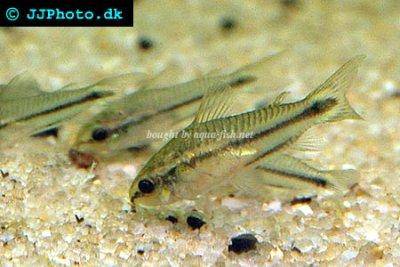


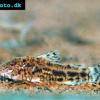 Aspidoras
Aspidoras 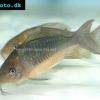 Giant
Giant 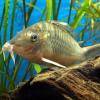 Hognosed
Hognosed 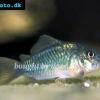 Emerald
Emerald 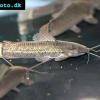 Cascarudo
Cascarudo 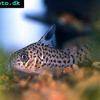 Acre
Acre 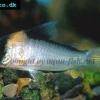 Adolfo’s
Adolfo’s 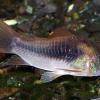 Bronze
Bronze  Agassizii’s
Agassizii’s 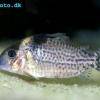 Spotted
Spotted 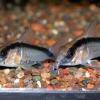 Skunk
Skunk 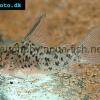 Corydoras
Corydoras 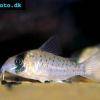 Fairy
Fairy 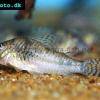 Corydoras
Corydoras 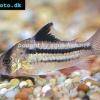 Pink
Pink 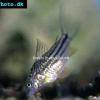 San
San 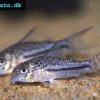 Bond’s
Bond’s 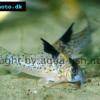 Spotted
Spotted 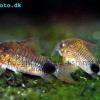 Tailspot
Tailspot 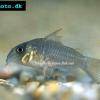 Concolor
Concolor  Cope’s
Cope’s  Sand’s
Sand’s 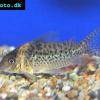 False
False 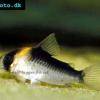 False
False 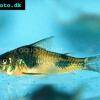 Ehrhardt’s
Ehrhardt’s 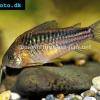 Elegant
Elegant 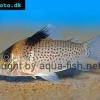 Saddle
Saddle 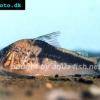 Fowler’s
Fowler’s 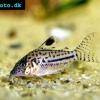 Gomezi
Gomezi 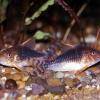 Palespotted
Palespotted 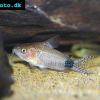 Guapore
Guapore 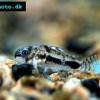 Dainty
Dainty 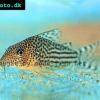 Mosaic
Mosaic 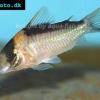 Imitator
Imitator 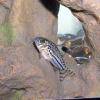 Julii
Julii 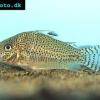 Leopard
Leopard 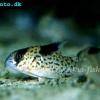 Black
Black 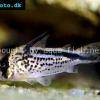 Slant-bar
Slant-bar 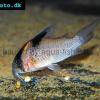 Bluespotted
Bluespotted  False
False 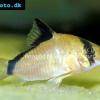 Bandit
Bandit 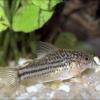 Mini
Mini 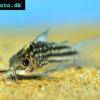 Napo
Napo 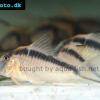 Corydoras
Corydoras  Blue
Blue 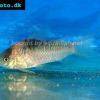 Nijssen’s
Nijssen’s 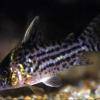 Ornate
Ornate 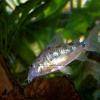 Peppered
Peppered 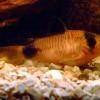 Panda
Panda 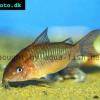 Albertini
Albertini 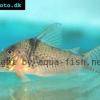 Pastaza
Pastaza 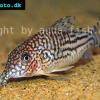 Corydoras
Corydoras 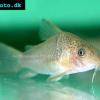 Many-spotted
Many-spotted 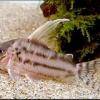 Pretty
Pretty  Iridescent
Iridescent 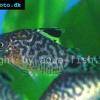 Reticulated
Reticulated 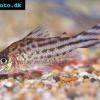 Bannertail
Bannertail 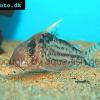 Robust
Robust 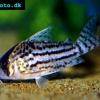 Schwartz’s
Schwartz’s 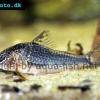 Black
Black 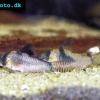 Longnosed
Longnosed 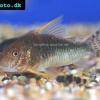 Seuss’
Seuss’ 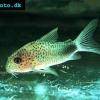 Smudge
Smudge 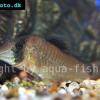 Masquerade
Masquerade 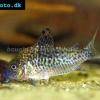 False
False 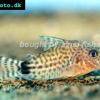 Millenium
Millenium 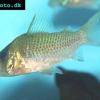 Pinkthroat
Pinkthroat 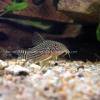 Sterba’s
Sterba’s 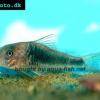 Longsnout
Longsnout 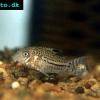 False
False 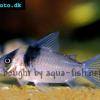 Miguelito
Miguelito 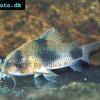 Twosaddle
Twosaddle 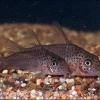 Xingu
Xingu 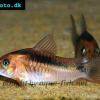 Black
Black 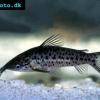 Porthole
Porthole 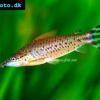 Flagtail
Flagtail 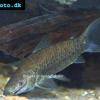 Brown
Brown 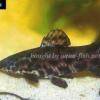 Spotted
Spotted